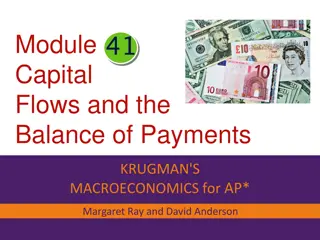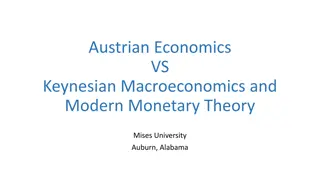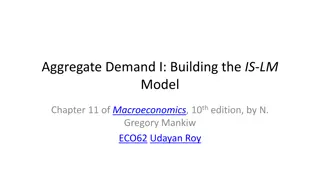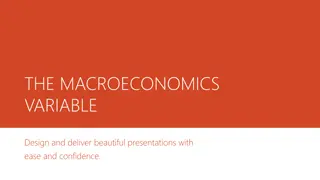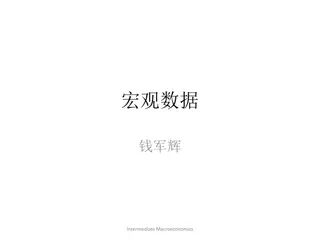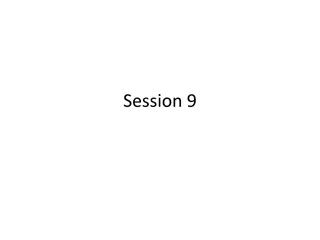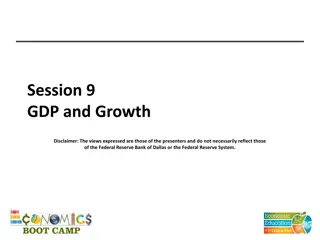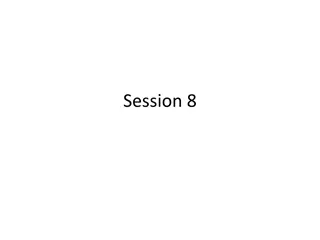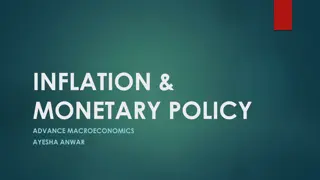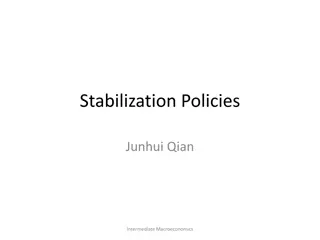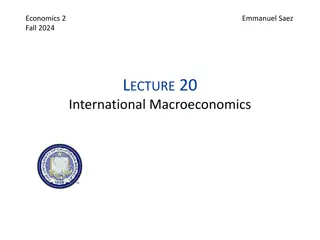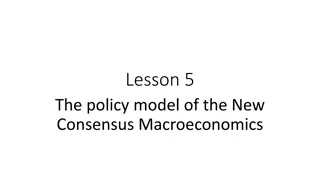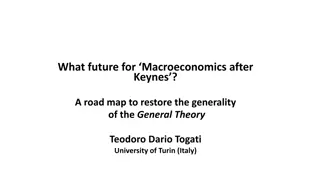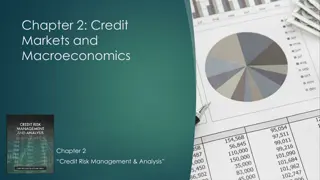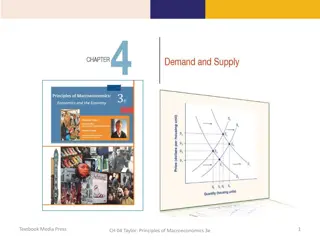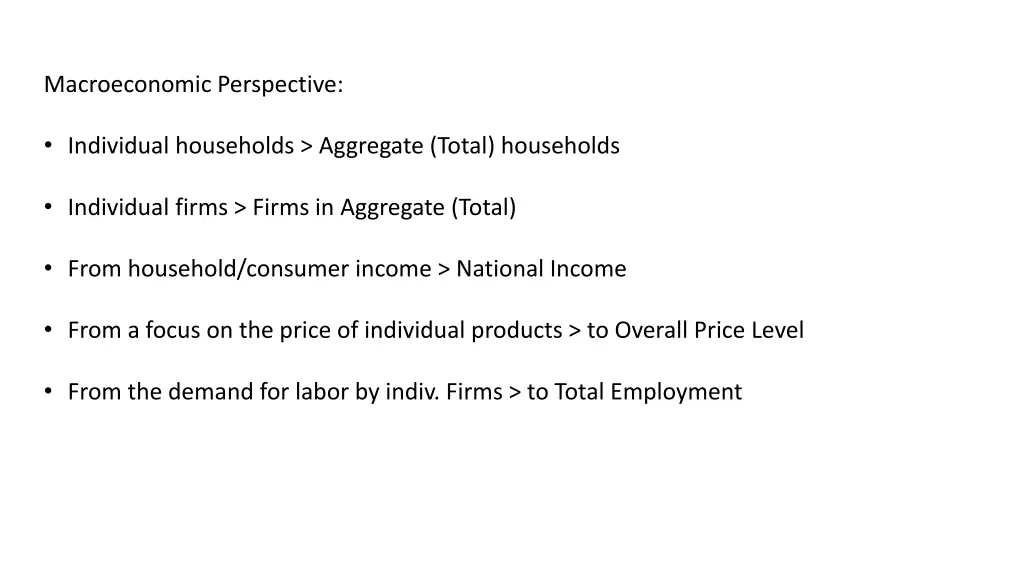
Understanding Macroeconomic Perspective
Delve into the emergence of a macroeconomic perspective on economy-wide problems, focusing on determining national income, aggregate demand, investment, and overall price levels. Explore how the Great Depression shifted traditional economic theories and led to a deeper analysis of factors impacting unemployment and full employment equilibrium.
Download Presentation

Please find below an Image/Link to download the presentation.
The content on the website is provided AS IS for your information and personal use only. It may not be sold, licensed, or shared on other websites without obtaining consent from the author. If you encounter any issues during the download, it is possible that the publisher has removed the file from their server.
You are allowed to download the files provided on this website for personal or commercial use, subject to the condition that they are used lawfully. All files are the property of their respective owners.
The content on the website is provided AS IS for your information and personal use only. It may not be sold, licensed, or shared on other websites without obtaining consent from the author.
E N D
Presentation Transcript
Macroeconomic Perspective: Individual households > Aggregate (Total) households Individual firms > Firms in Aggregate (Total) From household/consumer income > National Income From a focus on the price of individual products > to Overall Price Level From the demand for labor by indiv. Firms > to Total Employment
Major focus of Macroeconomics: What determines national income? What determines aggregate (total) demand and investment? What determines the overall price level?
Emergence of a macroeconomic perspective on economy-wide problems: The Great Depression Dominance of Neoclassical economic theory until early 1930 s Underlying theoretical assumption: The market economy is self-correction recessions will cure themselves. Why? Recessions were caused by external factors not by weaknesses in the economic system itself --- natural disasters, weather, etc. If too unemployment was high, there must be an excess supply of labor So the price of labor (wages) would fall and a new lower equilibrium wage would restore full employment. Believed policy intervention to restore equilibrium was therefore unnecessary.
Unemployment continued to rise and quickly reached double digits; It peaked at 25% by 1934. Neoclassical economic theory could not explain this. There were no solutions outside of the narrow theory maintaining self-correcting markets. New perspectives: Examined the dynamics of the economy overall and what drives aggregated demand and supply Looked at the position of participants in the economy how could they stimulate aggregate demand, reduce unemployment and return the economy to full employment output. Consumers Businesses Rest of the World (exports) Government

